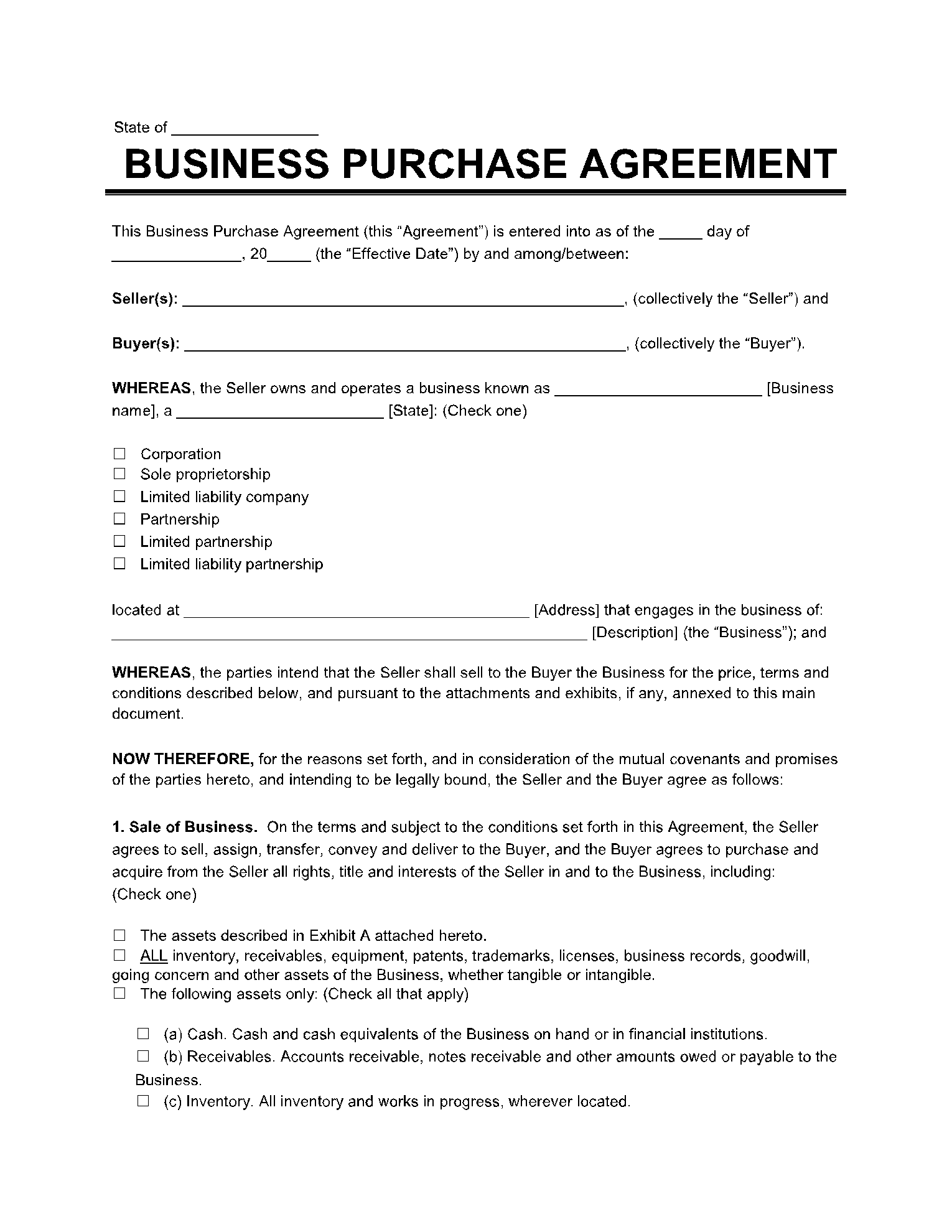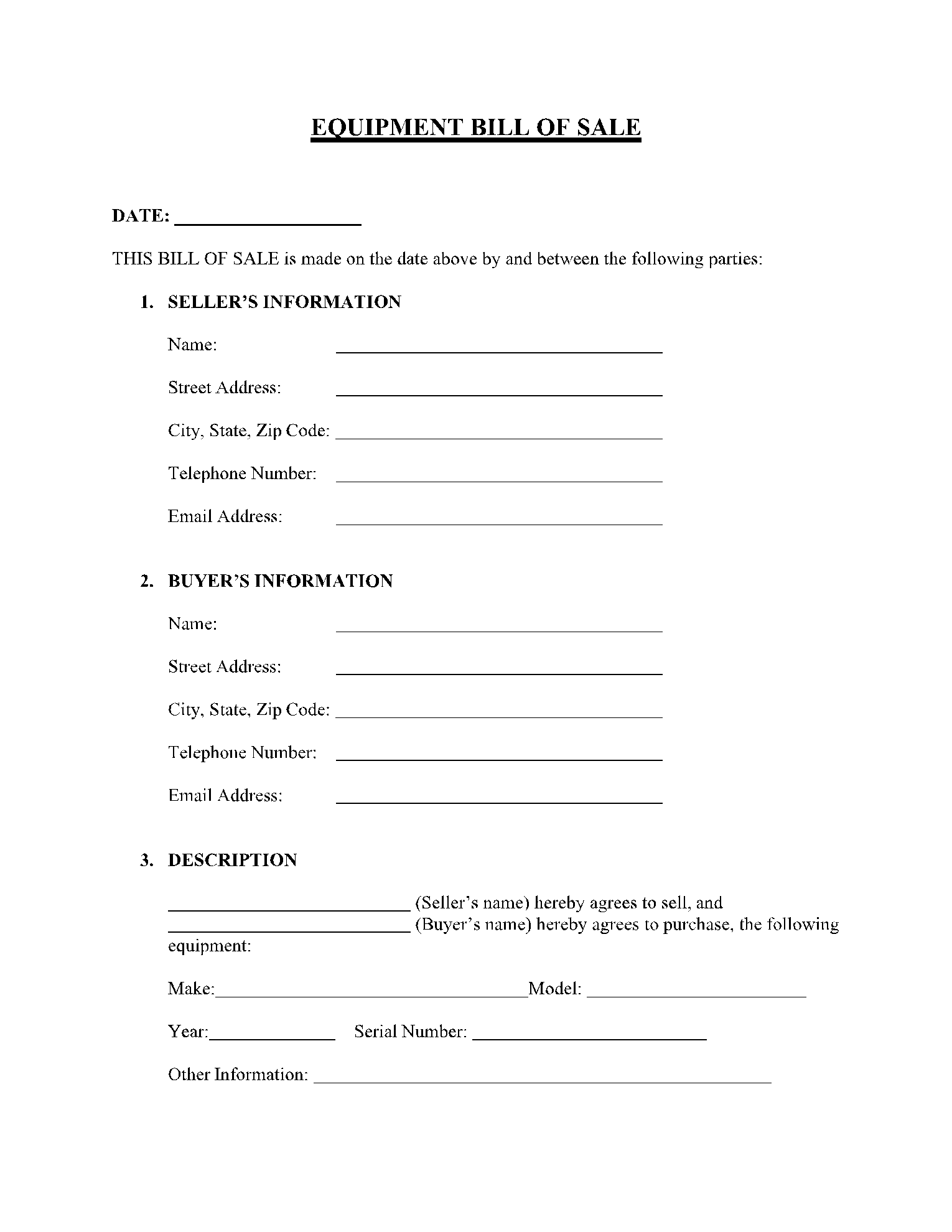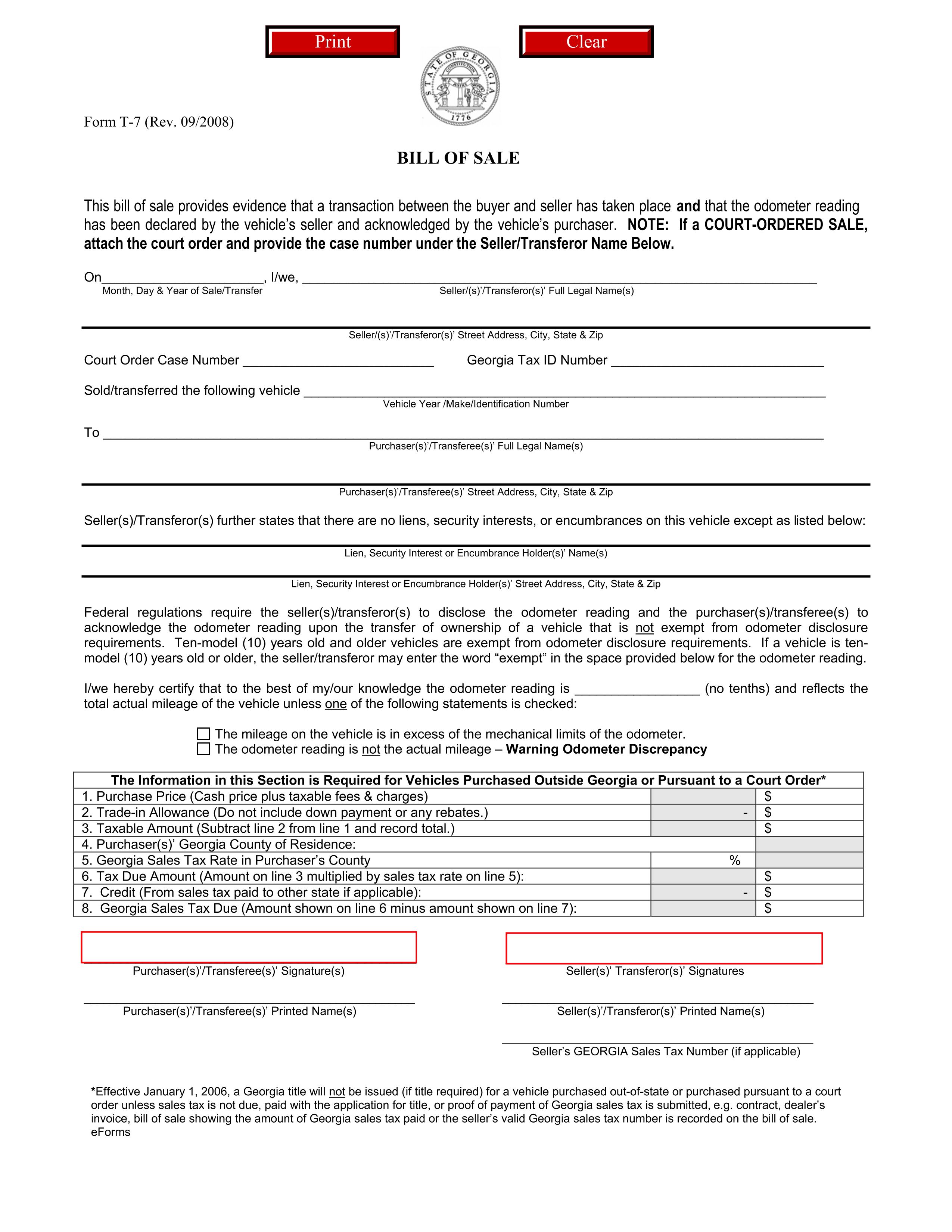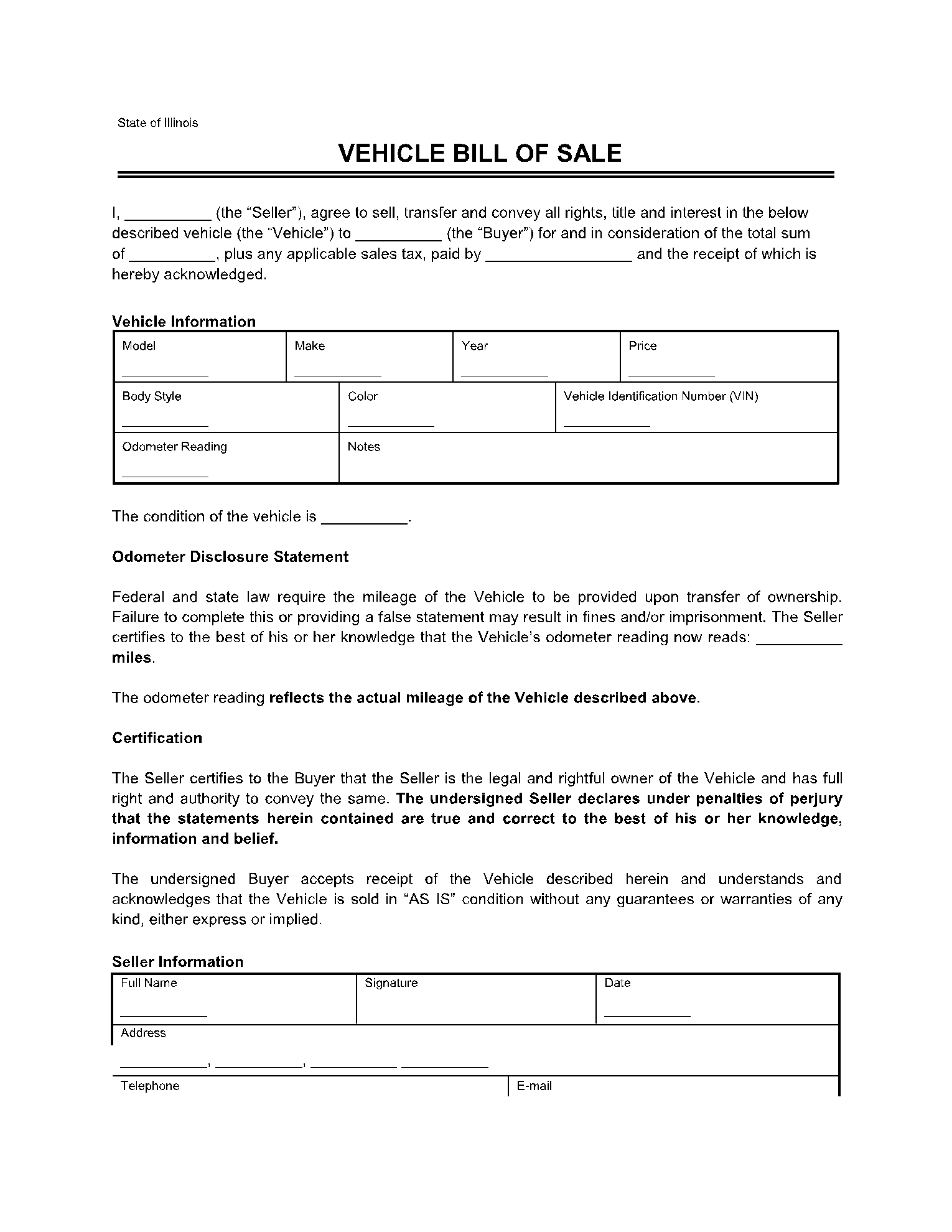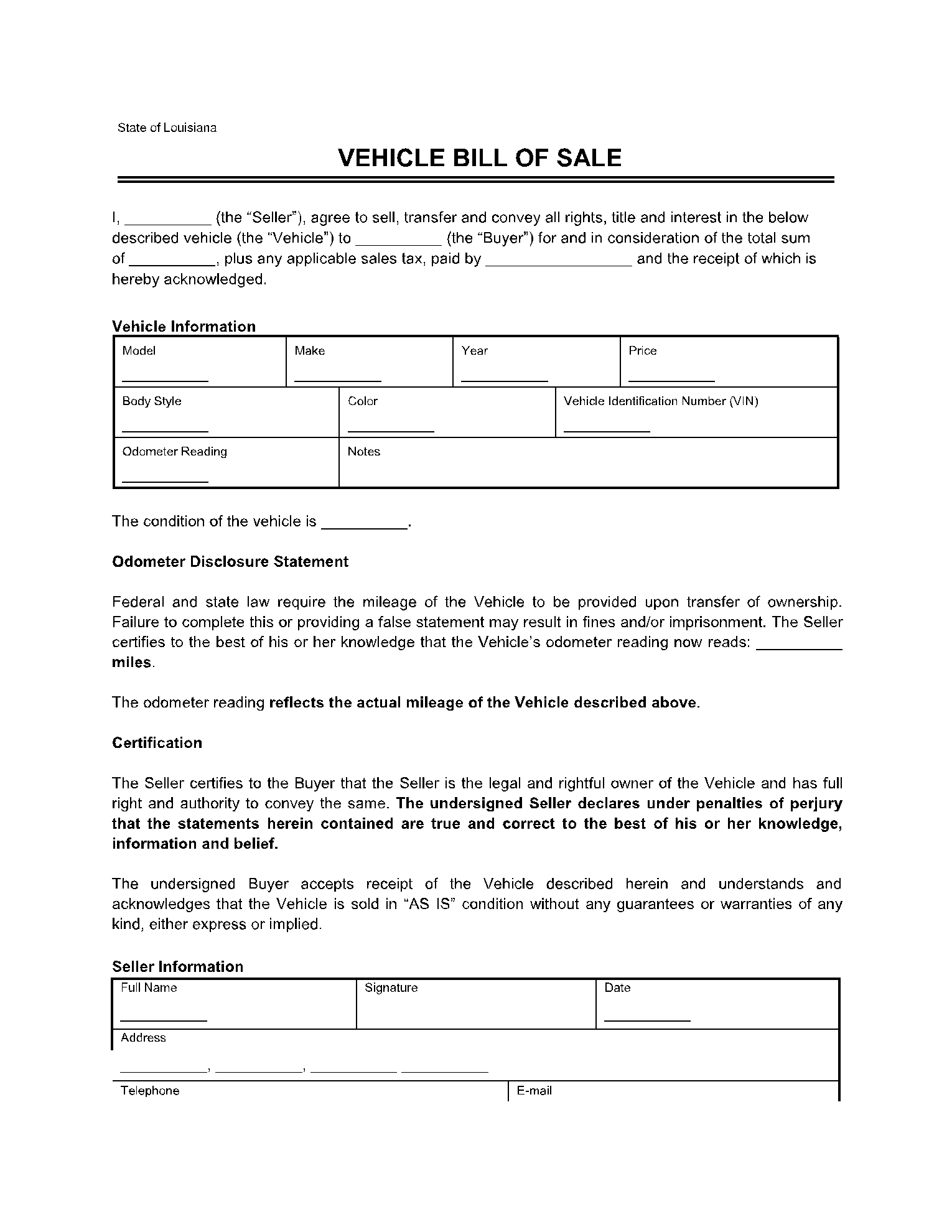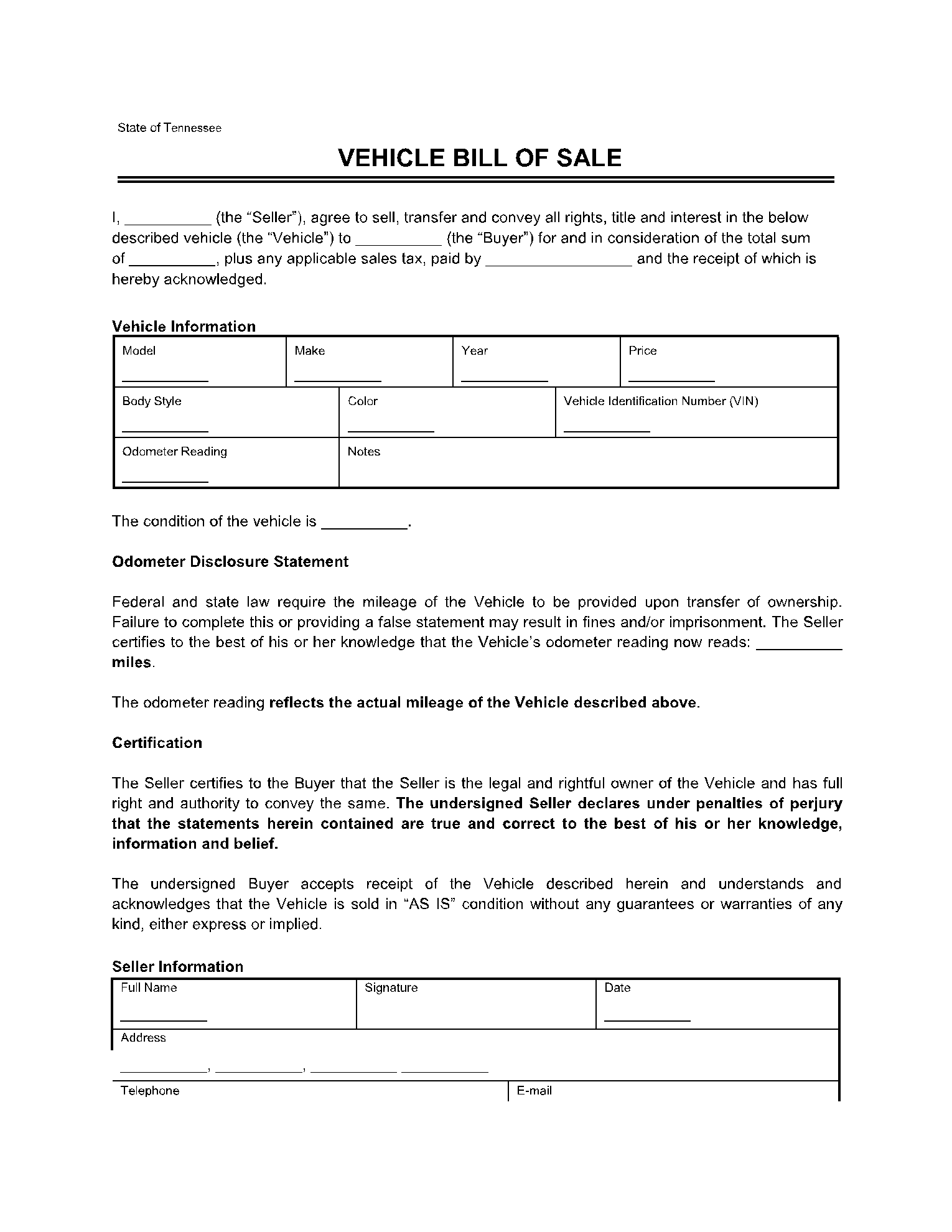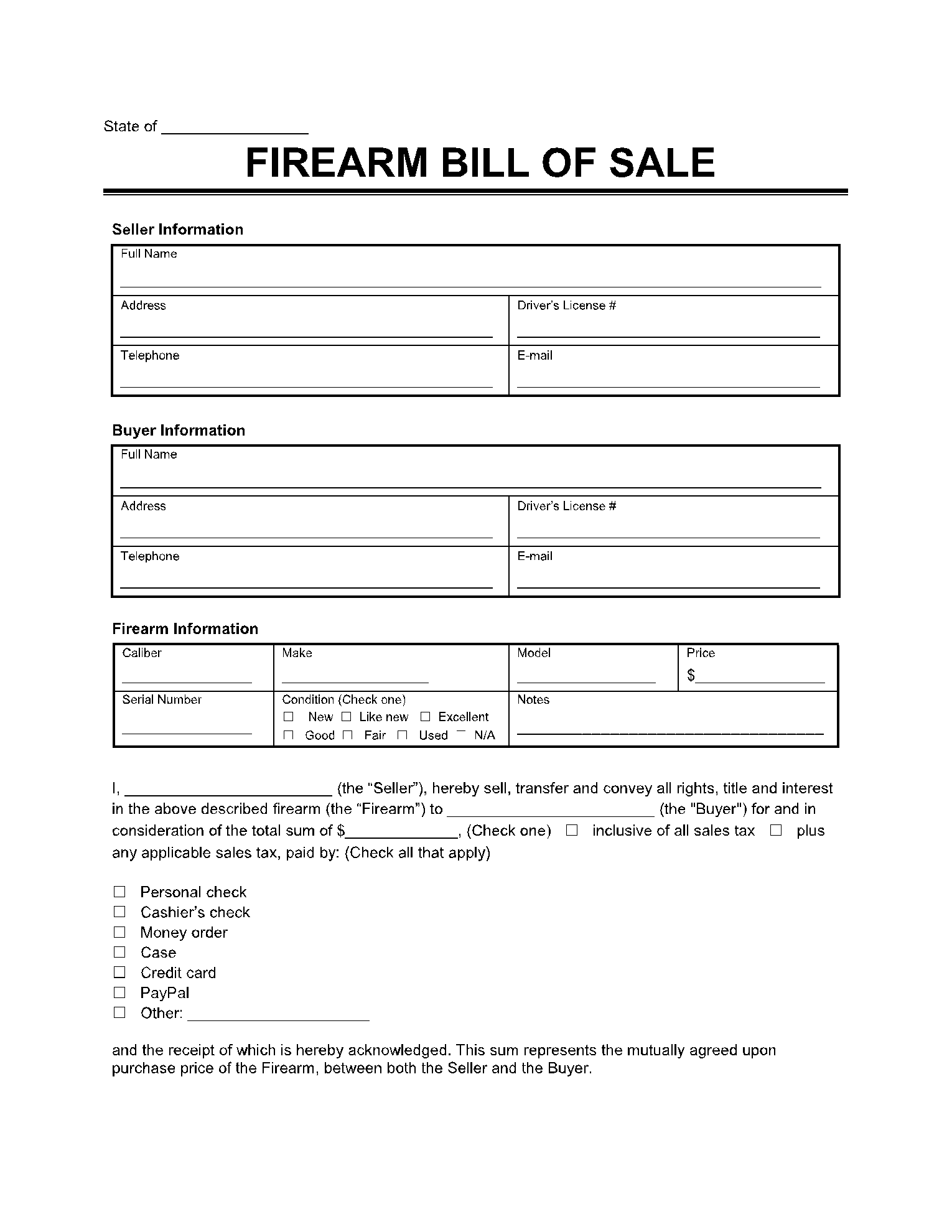In the middle ages, a “bill of sale,” was used as a record of an agreement between a mortgagor and a client. It stood as evidence that the mortgagee was still in possession of all attending rights of the property or asset mortgaged. Since then, it's been amended a couple of times, the first of which came in 1882. Today, it is used to record the details of the sales between the parties involved.
Here’s all you need to know about a bill of sale. You will also find the downloadable bill of sale templates provided by CocoDoc.
What is a Bill of Sale?
A bill of sale is an “instrument for the conveyance of title to personal property, absolutely or by way of security.” This implies that a bill of sale is of two types; an absolute bill of sale and a contingent bill of sale. The absolute bill of sale is a record of a complete transfer of ownership of an asset from seller to the buyer while the contingent bill of sale is a record of a conditional transfer of ownership from one party to the other should the first party fail to reach an agreement. It is drafted by the seller of a chattel. It includes details of the transaction and protects both parties should disagreements arise in the future.
Who May Need a Bill of Sale?
Owners of autos, puppy, motorcycles, watercraft, firearms, equipment require a bill of sale to legally transfer ownership of the above-named items. Personal properties like animals, sewing machines can be sold away to new owners with a bill of sale. The legal document is very paramount as it serves as receipt, record, and proof of the said transaction. The item of sale determines the bill of sale template the buyer drafts. It can be a simple bill of sale or a thoroughly detailed one.
When Should You Use a Bill of Sale?
A bill of sale is used in transactions of real items of value like real estate or vehicles. In the case of the vehicle, a bill of sale for car is used. A bill of sale can be used for the sale of any item of value; this bill of sale is the generic bill of sale and serves the general purpose of a bill of sale. It is also used in settings where there is no legal or union coverage. It serves as a witness of the transaction that happened between both parties. When private properties are the object of sale, a bill of sale is important as it will stand as a point of reference on the sale.
What Should Be Covered in a Bill of Sale?
The following should be covered in a bill of sale:
- Names and Addresses of the Parties: in a clear font, the correct names and addresses of the parties involved in the transaction should be recorded. These precautions are necessary to avoid potential future controversies.
- Purchase Price and Date: in clear terms, the price of the item of sale that both parties have agreed on should be documented as well as the date when the transaction takes place.
- Location of Sale: the country, state and precise location where the transaction takes place should be recorded.
- Chattel Description: the properties of the assets and its present condition at the point of sale should be recorded.
- Warranty: the warranty date agreed upon by the parties and other noteworthy terms on which the item is sold should be documented in the bill of sale.
- Signature of Both Parties: this marks a consolidation of the agreement so it is very important.
- “As Is”: If the item is not sold on warranty, the buyer is to provide a statement that the item is being sold just as it is and that there are no underlying conditions. The condition of the odometer and brakes should be stated too.
It is worthy of note that the item of sale may not be present at the said location when the sale takes place. It is not mandatory that the item be present at the location of sale but it is important to note where the chattel is in the bill of sale if it is not present at the location of sale.






